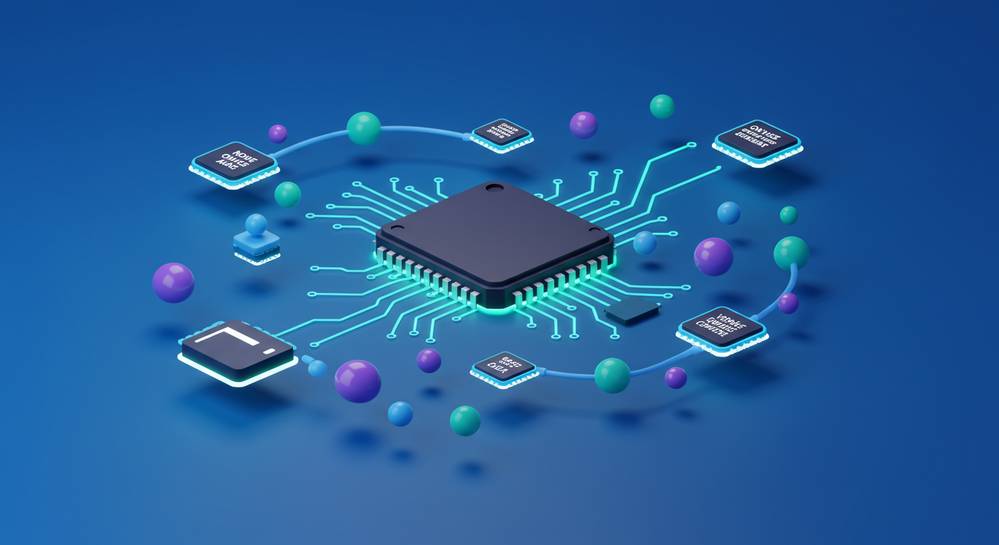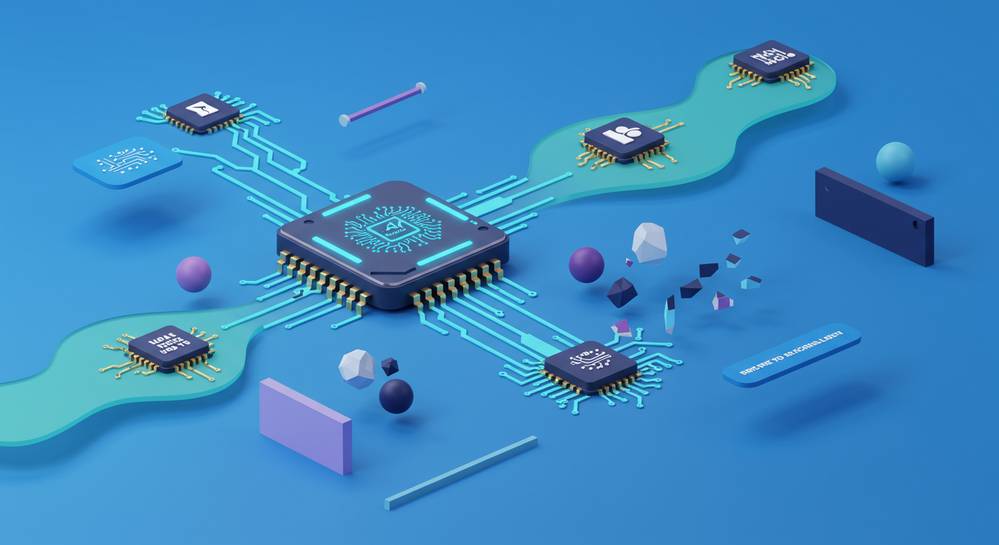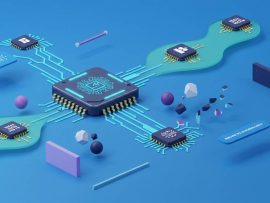In the rapidly evolving landscape of digital innovation, the convergence of Artificial Intelligence and edge computing is creating unprecedented opportunities. The concept of on device AI for edge computing refers to the deployment of AI models directly onto edge devices, enabling intelligent processing and decision-making closer to the data source. This paradigm shift minimizes latency, enhances data privacy, and significantly reduces bandwidth requirements, paving the way for a new era of distributed intelligence.
Contents
What is On-Device AI for Edge Computing?

Understanding On-Device AI for Edge Computing
On-device AI for edge computing represents a fundamental shift from traditional cloud-centric processing. Instead of transmitting all data to remote data centers, AI models execute directly on local edge devices. These include IoT sensors, smart cameras, and autonomous vehicles. This localized processing enables intelligent, real-time decisions precisely where data originates, minimizing latency and enhancing operational efficiency.
This approach means that the heavy lifting of AI inference, applying trained models to new data, happens at the network’s edge. It contrasts with cloud AI, which offers immense power for training complex models and processing vast datasets. The synergy between cloud and on-device AI creates a more distributed, resilient, and responsive intelligent system, crucial for modern applications. To understand the broader context, explore what is AI and its foundational principles.
The core concept of on-device AI for edge computing is to bring computational intelligence closer to the data source. This reduces reliance on constant cloud connectivity, making systems more robust and independent. It fosters a new era of distributed intelligence, where devices act smarter autonomously.
Core Advantages of On-Device AI at the Edge

Implementing on-device AI for edge computing delivers compelling benefits, directly addressing limitations of purely cloud-based AI. These advantages are crucial for scenarios demanding speed, security, and operational independence in 2025 and beyond. By processing data locally, edge devices transform how intelligent systems operate.
- Reduced Latency: Local data processing eliminates round-trip delays to the cloud. This enables near real-time decisions, which is vital for autonomous vehicles, remote surgery, and advanced industrial automation.
- Enhanced Data Privacy and Security: Sensitive data remains on-device, minimizing transmission over networks. This significantly mitigates breach risks and aids in achieving stringent regulatory compliance. Protecting data at the source is paramount; learn more about how to secure your smartphone and other devices.
- Lower Bandwidth Consumption: Only critical insights or aggregated data are sent to the cloud. This dramatically decreases network traffic and associated costs, especially in areas with limited or expensive connectivity.
- Increased Reliability: Edge devices can operate and make intelligent decisions even with intermittent or lost cloud connectivity. This ensures continuous operation and resilience in critical applications.
- Optimized Resource Utilization: Distributing computational load across multiple edge devices allows the overall system to scale more effectively. It prevents bottlenecks often experienced with centralized cloud servers.
These benefits collectively position on-device AI as a cornerstone for the next generation of distributed, intelligent systems.
Challenges and Key Considerations for On-Device AI

While on-device AI for edge computing offers substantial benefits, successful implementation demands addressing several critical challenges. These primarily revolve around inherent edge hardware limitations and the complexities of managing distributed intelligent systems. Overcoming these hurdles is essential for widespread adoption.
- Resource Constraints: Edge devices inherently possess limited computational power, memory, and battery life. This necessitates the development of highly optimized AI models and extremely efficient inferencing techniques to function effectively within these tight constraints.
- Model Optimization and Compression: AI models trained in the cloud are often large and resource-intensive. They require significant pruning, quantization, or compression to fit and perform accurately on resource-constrained edge devices without compromising their effectiveness.
- Deployment and Management: Deploying, updating, and maintaining AI models across vast, diverse, and often geographically dispersed edge networks is complex. This demands robust MLOps (Machine Learning Operations) strategies for seamless lifecycle management.
- Security at the Edge: Protecting AI models and sensitive data on physically accessible edge devices presents unique security challenges. Safeguarding against tampering, unauthorized access, and data breaches is paramount. Addressing undefined is crucial here.
- Data Heterogeneity: Edge devices generate diverse data types and formats. This heterogeneity requires flexible data preprocessing pipelines and adaptable model architectures to ensure effective and accurate on-device inference across varied inputs.
Addressing these considerations is vital for unlocking the full potential of on-device AI at the edge.
Real-World Applications and Future Outlook
The practical applications of on-device AI for edge computing are rapidly expanding across numerous industries, demonstrating its transformative potential. This technology redefines what is possible, from enhancing operational efficiency to creating new user experiences. Its impact is visible in diverse sectors.
- Smart Manufacturing: On-device AI enables predictive maintenance, precise quality control, and advanced robotic automation directly on factory floors, leveraging real-time data for immediate action.
- Autonomous Vehicles: It provides instantaneous object detection, crucial navigation capabilities, and critical decision-making without constant cloud connectivity, significantly enhancing safety and reliability.
- Smart Cities and Retail: Localized data analysis powers efficient traffic management, robust security systems, accurate inventory tracking, and highly personalized customer experiences.
- Healthcare: Remote patient monitoring, sophisticated diagnostic assistance, and personalized health recommendations are delivered on medical devices, all with enhanced privacy safeguards.
- Consumer Electronics: Voice assistants, secure facial recognition, and tailored recommendations are processed directly on smartphones and smart home devices, offering faster, more private interactions.
Looking ahead, advancements in specialized AI chips, such as Neural Processing Units (NPUs), federated learning, and TinyML, will further accelerate on-device AI adoption at the edge. The future promises increasingly autonomous, intelligent, and interconnected systems that will continue to reshape our world.
The integration of on-device AI with edge computing represents a monumental leap forward in how we interact with technology and data. By bringing intelligence to the very periphery of networks, this powerful combination unlocks real-time insights, bolster security, and paves the way for truly autonomous systems. As industries continue to embrace digital transformation, the strategic adoption of this technology will be crucial for maintaining a competitive edge and driving innovation. Explore more cutting-edge insights at Virtual Tech Vision.







